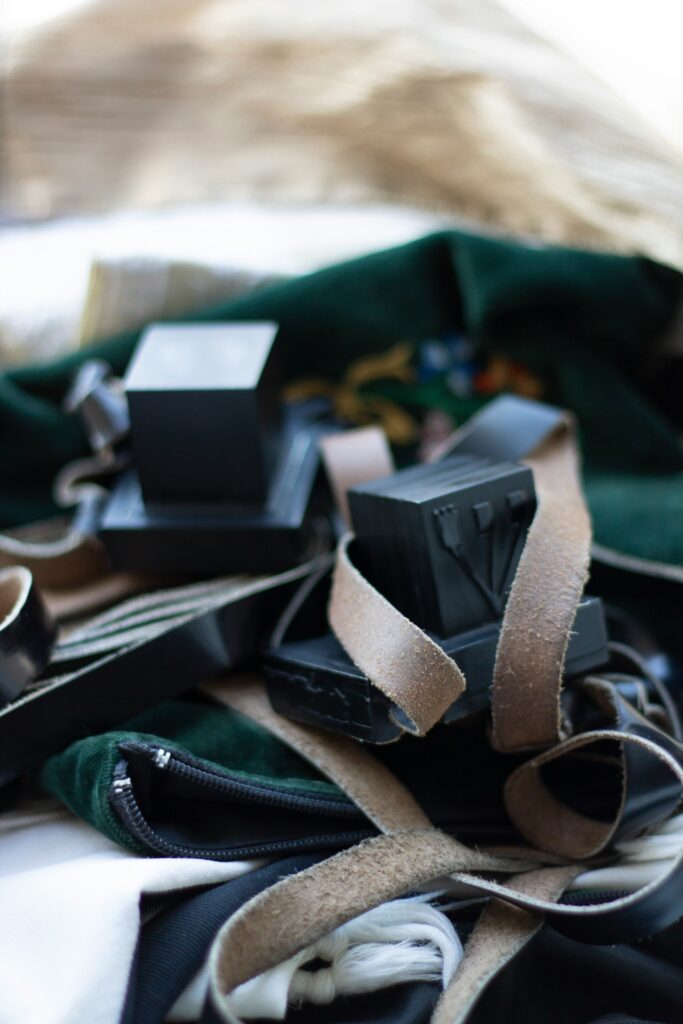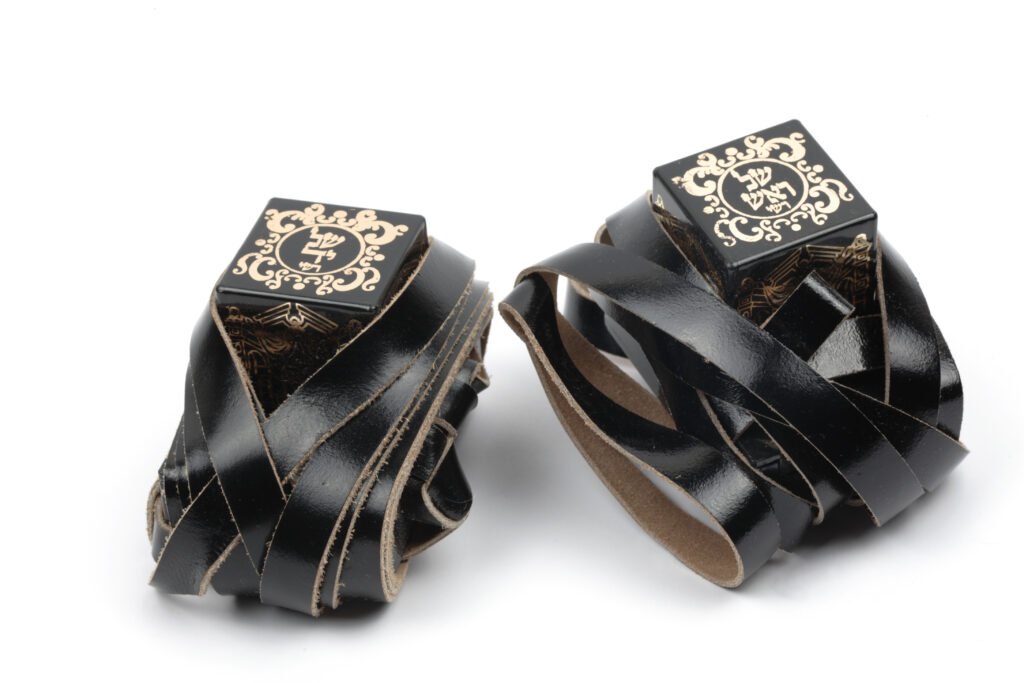What are Tefillin?
Tefillin, also spelled as “tefillin” or “tephillin,” are small black leather boxes containing scrolls of parchment inscribed with verses from the Torah. They are worn by Jewish men during weekday morning prayers, except on Shabbat and certain holidays.
Tefillin are worn in fulfillment of the commandment in the Torah that states: “And you shall bind them [the words of God] as a sign upon your hand, and they shall be for frontlets between your eyes” (Deuteronomy 6:8). This verse is interpreted to mean that one should bind the words of God (contained in the scrolls inside the tefillin) to one’s arm and head.
There are two sets of tefillin worn during prayer:
Shel Yad (arm tefillin): This is worn on the upper arm, with the leather strap wound around the arm and hand. The box rests on the bicep and contains passages from Exodus 13:1-10, 13:11-16.
Shel Rosh (head tefillin): This is worn on the forehead, with the leather straps wrapped around the head and hand. The box is placed just above the hairline and contains four passages from Deuteronomy 6:4-9, 11:13-21.
The wearing of tefillin is a ritual symbolizing the Jewish person’s dedication to the commandments of God and serves as a tangible reminder of their connection to their faith and heritage.

The Different Types of Tefillin:

There are basically 4 different types of tefillin: Peshutim, Peshutim Mehudarim, Dakkot and Gassot. They range in price from a few hundred dollars to a few thousand dollars. The difference is the quality of the boxes, the straps and the quality of the parchment inside the boxes. Tefillin Gassot is the most expensive, but will usually last you a lifetime if properly cared for.
There are 4 different nusachs for the tefillin used by those who are: Ashkenaz (Beis Yosef), Chassidim (Arizal), Sephardim (Vellish), Chabad (Chabad). The difference between the nusachs is whether the parshiyot inside the boxes are open or closed. Each set will contain the 4 passages that are required in the tefillin. The passages are: Exodus:13:1-10, Exodus:13:11-18, Deuteronomy: 6:4-9 and Deuteronomy: 11:12-22.
The straps of the tefillin are either painted black or hand-dyed black. The length and width will also be dependent on the nusach of the tefillin. The way the straps are tied and knotted on the arm tefillin and the head tefillin is also according to the different nusach.
The tefillin can also be either left-handed or right-handed depending on the owner’s dominant hand (a right-handed person wears them on his left arm and a left-handed person wears them on his right arm).
